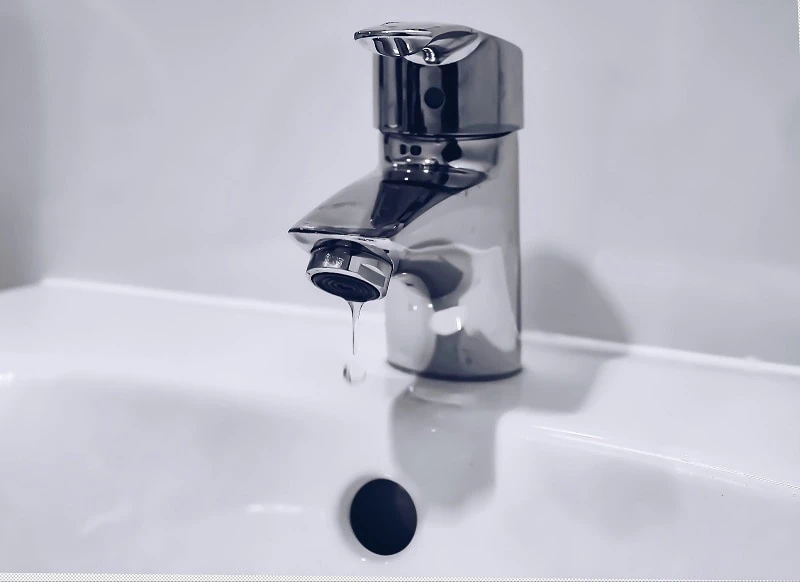Dealing with plumbing problems can be a real headache for homeowners. From clogged drains to leaky faucets and low water pressure, these issues can disrupt our daily routines and cause frustration. However, with a little knowledge and some handy tips, you can tackle common plumbing problems with confidence. In this article, we will explore various plumbing problems and solutions to deal with them in no time.
Clogged Drains: Prevention and Remediation Tactics
Clogged drains are a common problem that can bring your household to a standstill. Fortunately, there are preventive measures you can take to avoid this problem:
- Regular maintenance: Schedule routine drain cleaning by pouring a mixture of hot water and vinegar down your drains to clear any buildup.
- Use drain guards: Install drain guards or screens to catch hair, food particles, and other debris before they enter the pipes.
- Avoid pouring grease: Dispose of cooking oil and grease in a separate container, rather than pouring them down the drain.
If you find yourself dealing with a clogged drain, don’t panic. Here are some remediation tactics:
- Plunger method: Use a plunger to create suction and dislodge the clog. Make sure to cover the overflow opening, if present, to maximize pressure.
- Baking soda and vinegar: Create a fizzy reaction by pouring baking soda followed by vinegar down the drain. Let it sit for a while before flushing it with hot water.
- Plumber’s snake: If the clog is stubborn, a plumber’s snake can be used to physically remove the blockage.
Remember, prevention is always better than cure when it comes to clogged drains. Incorporate these habits into your regular maintenance routine to minimize the chance of this problem and rid you of any plumbing repairs. But if you have to call a professional, do not hesitate to contact Fuse Service — plumber San Jose that can help you deal with any stuff in no time.
Leaky Faucets: Identify the Source and Fix It
A leaky faucet not only wastes water but can also produce an irritating sound that keeps you up at night. Identifying the source of the leak is the first step towards resolving this issue. Here’s how you can do it:
- Inspect the handle: Check if the leak is originating from the handle itself. If so, it may be a worn-out O-ring or loose packing nut that needs to be tightened or replaced.
- Examine the spout: If water is leaking from the spout, a faulty valve or worn-out cartridge might be the culprit. Depending on your faucet type, you may need to replace the valve or cartridge.
- Check the connections: Leaks can occur around the connections between the faucet and the pipes. Tightening the connections or replacing faulty washers can often solve the problem.
Fixing a leaky faucet doesn’t always require professional help. With a few basic tools and some DIY know-how, you can save money and resolve the issue yourself.
Low Water Pressure: Tips on How to Boost Your Water Pressure
Low water pressure can make simple tasks like showering or doing the dishes a frustrating experience. If you’re dealing with this problem, try these tips to boost your water pressure:
Check the aerator: Remove the aerator from your faucet and clean it thoroughly. Mineral deposits and sediment can accumulate over time, restricting water flow.
Inspect the pressure regulator: Locate the pressure regulator valve, usually found near the main water supply line. Adjusting the valve can increase the water pressure to your desired level.
Check for leaks: Examine your plumbing system for any leaks, as they can contribute to low water pressure. Fixing leaks will not only improve water pressure but also conserve water.
By implementing these tips, you can enjoy a steady and satisfying water flow throughout your home.
Other Problems
Apart from the common issues mentioned above, there are various other troubles you may encounter. These can the following plumbing problems and solutions:
Running toilets: A continuously running toilet can waste a significant amount of water. Check the flapper valve and adjust the chain if necessary, or consider replacing the valve altogether.
Frozen pipes: In colder climates, frozen pipes can be a major concern. Insulating exposed pipes and allowing faucets to drip during freezing temperatures can help prevent them from freezing.
Water heater issues: If you’re experiencing inconsistent hot water or strange noises from your water heater, it may require flushing or repairing. Consult a professional plumber for assistance.
Conclusion
In conclusion, plumbing problems can be a source of stress and inconvenience, but they are often manageable with the right knowledge and approach. By taking preventive measures and knowing how to address common issues like clogged drains, leaky faucets, and low water pressure, you can save time, money, and unnecessary worry with plumbing repairs.. Remember to prioritize regular maintenance and address plumbing problems promptly to maintain a smoothly running household. With these tips in mind, you can confidently tackle common plumbing problems and keep your home in excellent shape.




